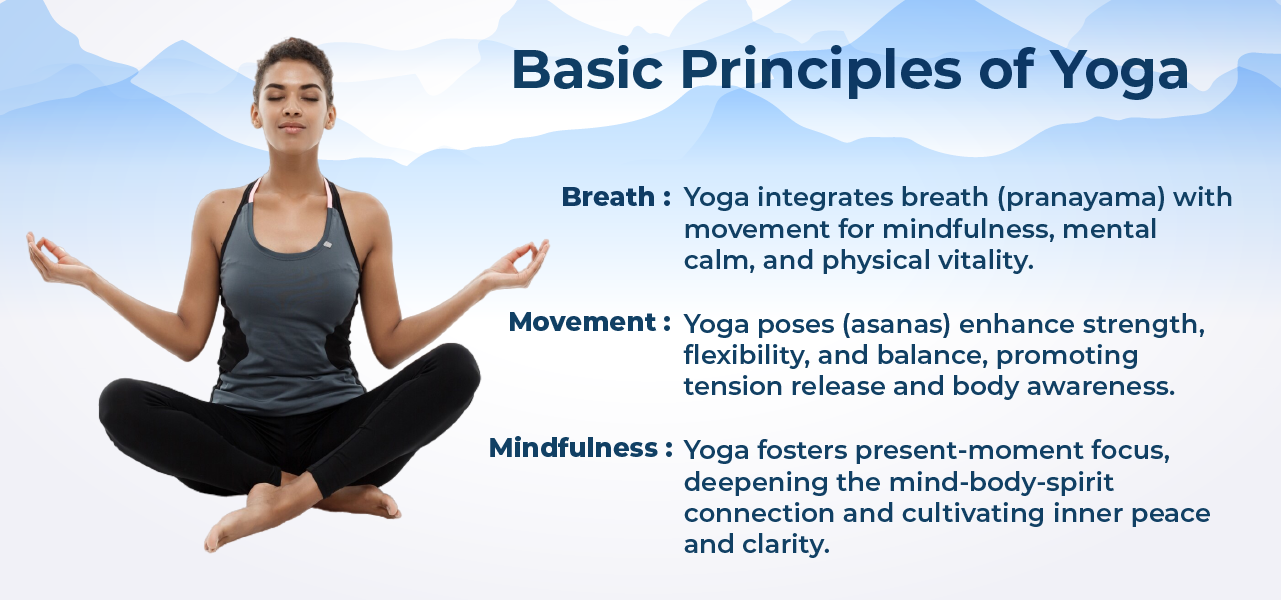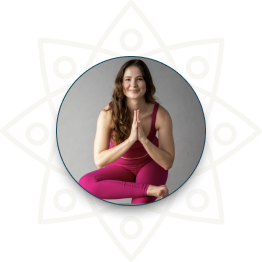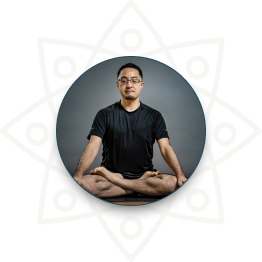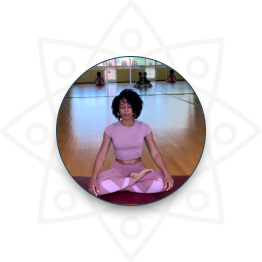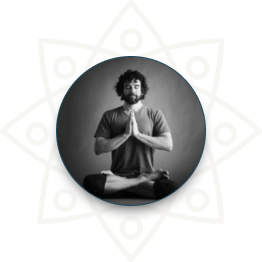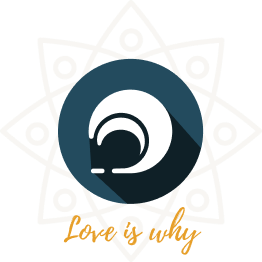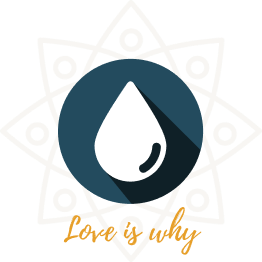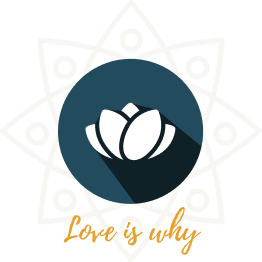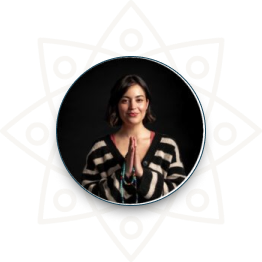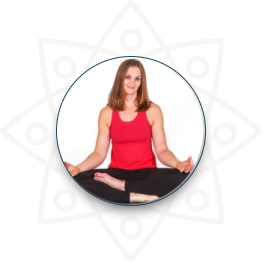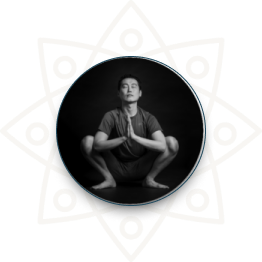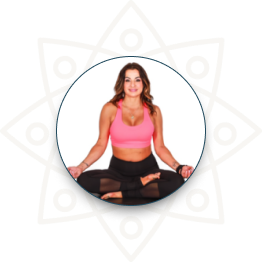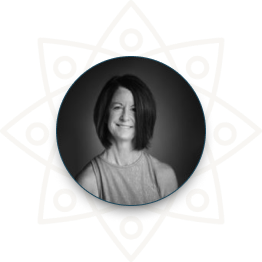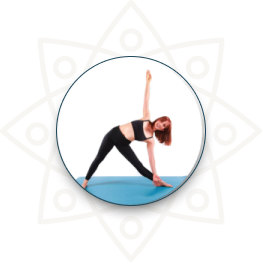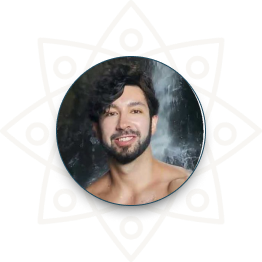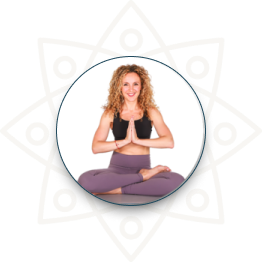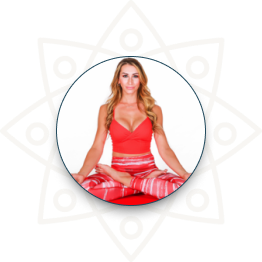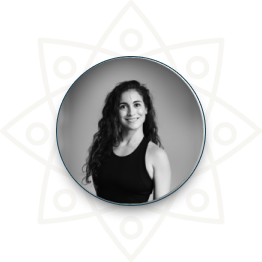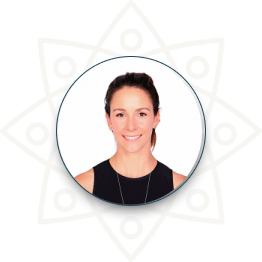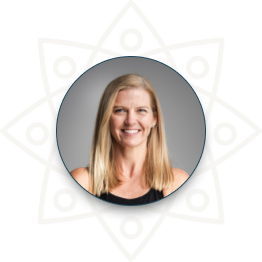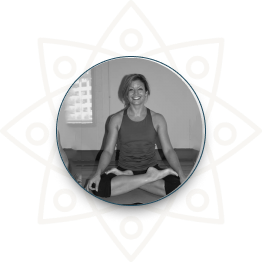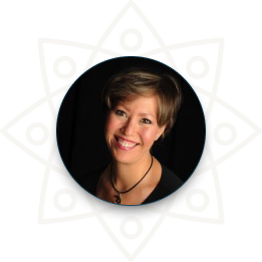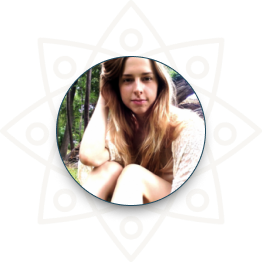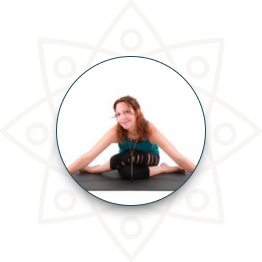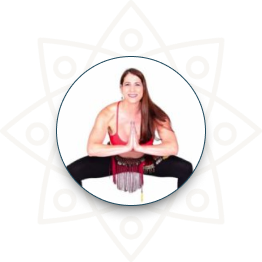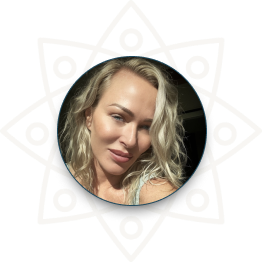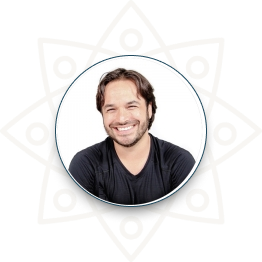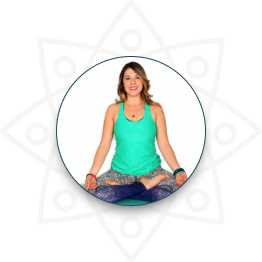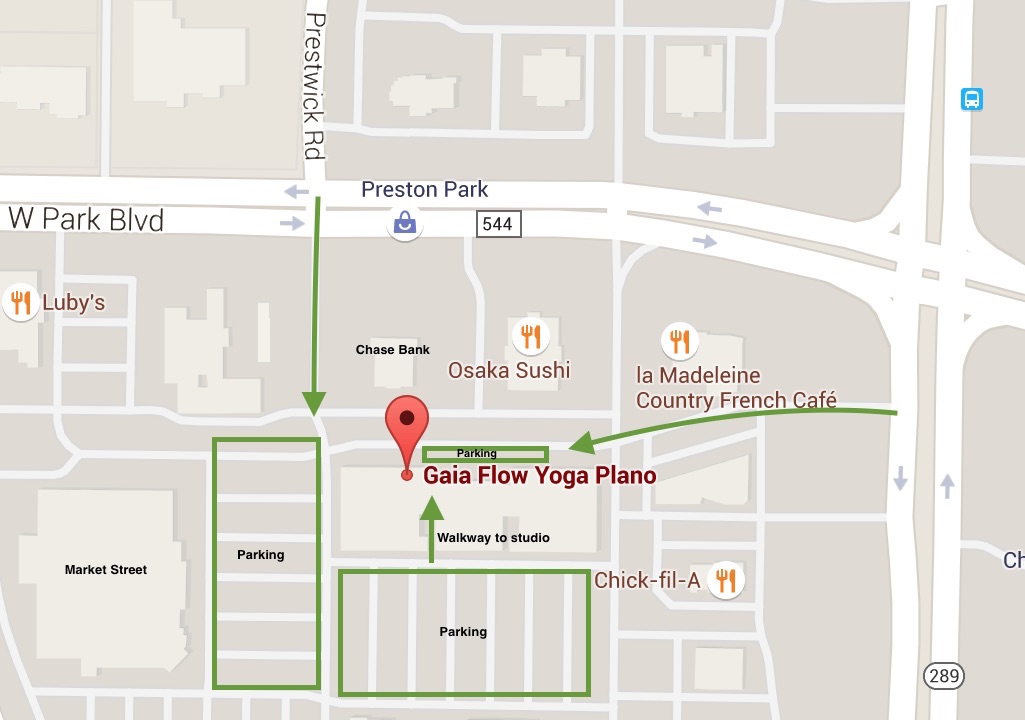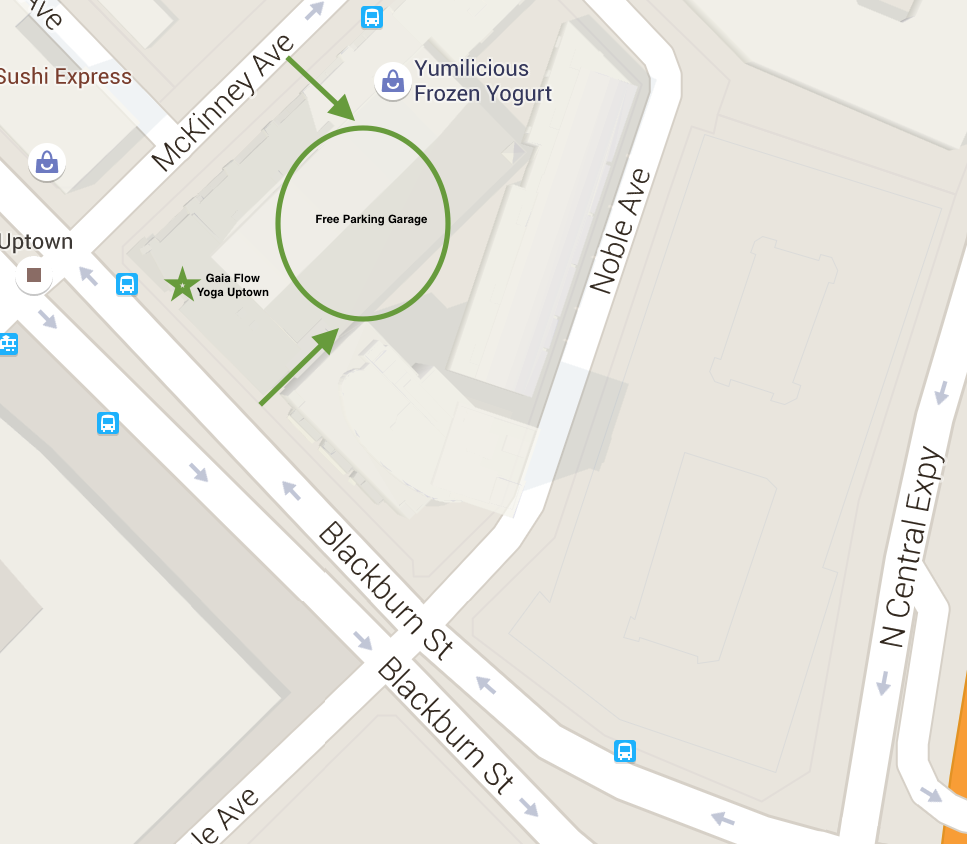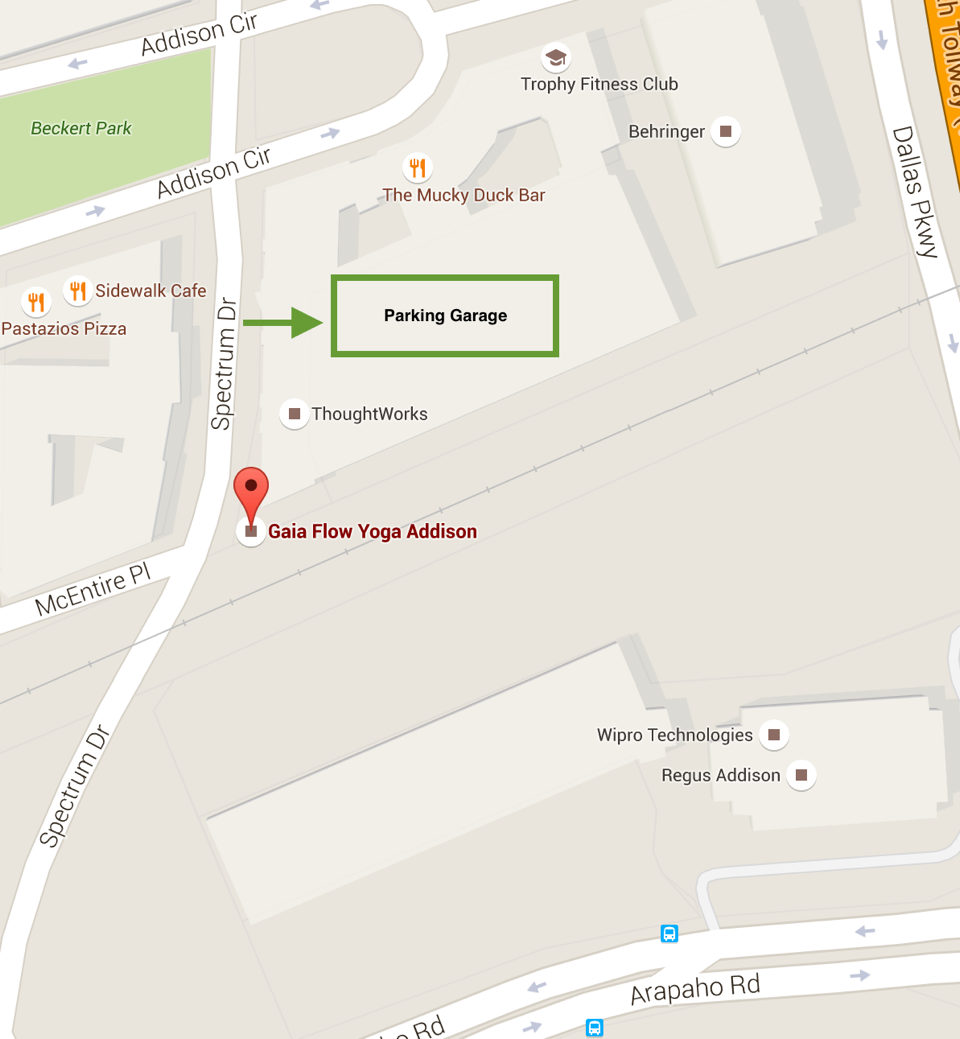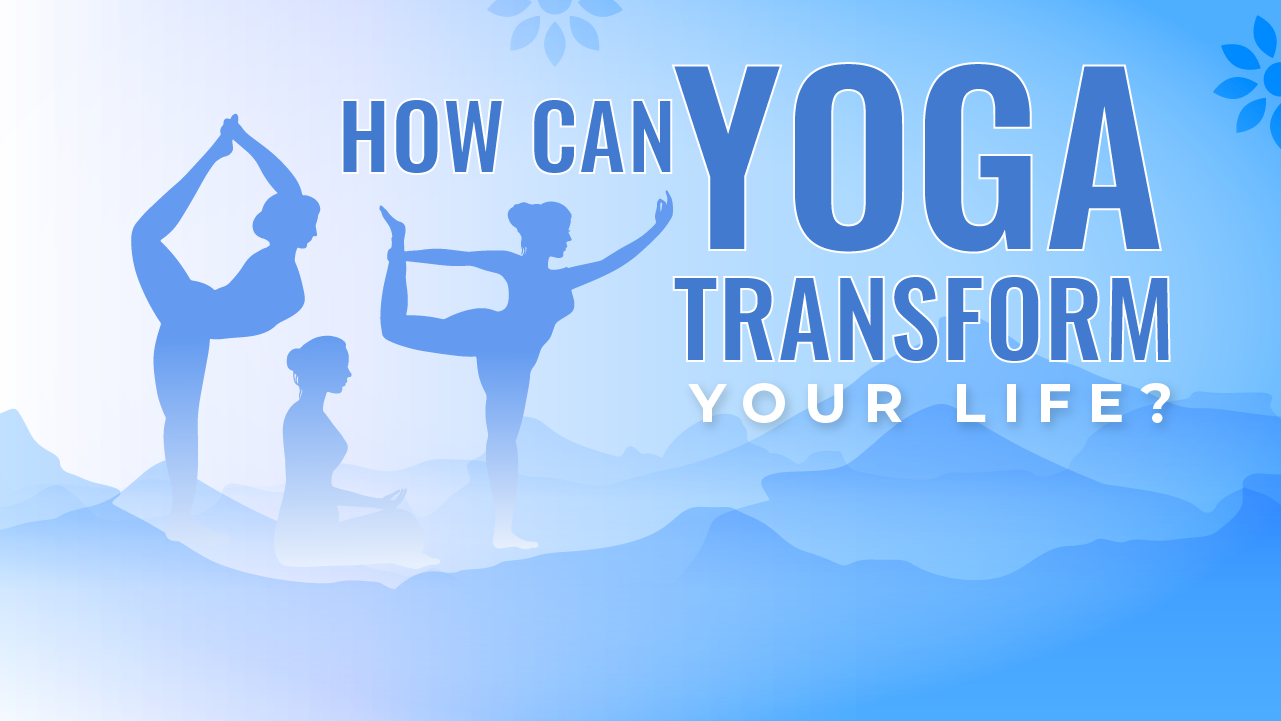
In the quiet dawn of a new day, as the first light softly caresses the earth, there exists a practice that transcends the mere movements of body and breath. It’s a journey inward, a pilgrimage to the soul’s sanctuary—a practice we call yoga.
Yoga, in its essence, is not merely a physical exercise but a profound philosophy that has the power to shape destinies and rewrite narratives. It’s a transformative odyssey that beckons us to explore the depths of our being, to peel away the layers of illusion, and to discover the radiant truth that resides within each of us.
As the morning mist dissipates and the world awakens, let us embark together on a journey—a journey that traverses the realms of body, mind, and spirit. For in the realm of true yoga lies the promise of profound change, the promise of a life irrevocably transformed.
Understanding Yoga
Yoga, with its roots entrenched in ancient wisdom, is not just a physical exercise but a holistic system for harmonizing the body, mind, and spirit. To truly grasp the essence of yoga, one must delve into its origins, explore its diverse forms, and understand its fundamental principles.
Origins of Yoga: The origins of yoga can be traced back thousands of years to the Indus-Sarasvati civilization in Northern India. Initially, yoga was developed as a spiritual practice to attain enlightenment and liberation from suffering. The earliest written records of yoga can be found in the ancient texts known as the Vedas, dating back to around 1500 BCE. Over the centuries, yoga evolved and diversified, incorporating elements of philosophy, meditation, and physical postures.
Different Types of Yoga:
Yoga has branched out into various styles and traditions, each offering a unique approach to self-discovery and transformation. Some of the most popular types of yoga include:
- Hatha Yoga: Focuses on physical postures (asanas) and breath control (pranayama) to achieve balance and harmony in the body and mind.
- Vinyasa Yoga: Characterized by flowing sequences of postures synchronized with breath, Vinyasa yoga promotes flexibility, strength, and mindfulness.
- Kundalini Yoga: A dynamic form of yoga that combines asanas, breathing techniques, chanting, and meditation to awaken the dormant energy at the base of the spine (kundalini).
- Ashtanga Yoga: A rigorous and structured style of yoga that follows a specific sequence of poses to build strength, flexibility, and endurance.
- Bikram Yoga: Practiced in a heated room, Bikram yoga consists of a series of 26 postures and two breathing exercises, designed to detoxify the body and enhance flexibility.
Physical Transformation
Yoga’s impact on the body goes beyond mere exercise; it’s a pathway to profound physical transformation.
- Improved Flexibility & Strength: Yoga postures (asanas) gently stretch and lengthen muscles, gradually increasing flexibility. With regular practice, muscles become more supple, joints more mobile, and the range of motion improves. Simultaneously, yoga builds functional strength, using body weight and resistance to tone muscles and support joint stability.
- Better Posture & Alignment: Many of us spend hours hunched over desks or screens, leading to poor posture and spinal misalignment. Yoga counteracts these effects by promoting awareness of body alignment and strengthening the muscles that support proper posture. Through mindful practice, practitioners learn to engage core muscles, elongate the spine, and maintain alignment, both on and off the mat.
- Increased Energy & Vitality: Despite its calming effects, yoga is also a powerful energizer. By stimulating circulation, oxygenating the body, and releasing tension, yoga practices boost energy levels and vitality. Through dynamic sequences and breathwork, yoga awakens the body’s natural energy channels, leaving practitioners feeling invigorated and rejuvenated.
In essence, yoga’s physical benefits extend far beyond the mat, offering a path to enhanced flexibility, strength, posture, and vitality. As practitioners embrace the transformative power of yoga, they not only cultivate a healthier body but also lay the foundation for a more vibrant and fulfilling life.
Mental and Emotional Benefits
While yoga is renowned for its physical benefits, its true power lies in its ability to nourish the mind and soothe the soul. Here’s how a dedicated yoga practice can transform your mental and emotional well-being:
- Stress Reduction and Relaxation: In today’s fast-paced world, stress has become a prevalent companion. Yoga offers a sanctuary—a space to unwind, let go of tension, and find inner peace. Through deep breathing techniques, gentle movement, and guided relaxation, yoga triggers the body’s relaxation response, lowering cortisol levels and promoting a sense of calm and serenity.
- Enhanced Focus and Concentration: The ancient yoga practice cultivates mindfulness—the art of being fully present in the moment. By focusing attention on the breath and the sensations of the body, practitioners sharpen their powers of concentration and heighten their awareness. Over time, this heightened focus extends beyond the yoga mat, improving cognitive function, productivity, and mental clarity in daily life.
- Emotional Balance and Resilience: Yoga offers a safe harbor for navigating the turbulent seas of emotions. Through introspection and self-reflection, practitioners learn to observe their thoughts and feelings without judgment, fostering greater emotional awareness and intelligence. By cultivating inner balance and resilience on the mat, yogis develop the tools to navigate life’s challenges with grace and equanimity.
In essence, yoga is a holistic practice that nurtures the mind and spirit as much as the body. By embracing its mental and emotional benefits, practitioners embark on a journey of self-discovery, inner peace, and emotional well-being that transcends the confines of the yoga mat.
Spiritual Growth
Beyond its physical and mental benefits, yoga offers a profound pathway for spiritual growth—a journey of self-discovery and inner transformation that transcends the material realm.
- Connection to Inner Self: At the heart of yoga lies the invitation to journey inward, explore the depths of our being, and connect with our true essence. Through meditation, self-inquiry, and introspective practices, yogis peel away the layers of ego and conditioning to unveil the radiant soul that resides within. This deep connection to the inner self fosters a sense of wholeness, authenticity, and alignment with our true purpose in life.
- Cultivation of Mindfulness and Awareness: Yoga is a practice of presence—a continuous dance between body, breath, and consciousness. Through mindful movement, breathwork, and meditation, practitioners cultivate a heightened awareness of the present moment. This state of mindfulness fosters clarity, insight, and a deep appreciation for the richness of each moment. By living with greater awareness, yogis awaken to the sacredness of life and find beauty in the simplest of experiences.
- Sense of Purpose and Fulfillment: As we journey deeper into the practice of yoga, we uncover a profound sense of purpose—a calling that transcends the mundane and aligns us with the greater tapestry of existence. Through service (seva), devotion (bhakti), and selfless action (karma yoga), yogis channel their energy towards the greater good, finding fulfillment in serving others and contributing to the welfare of the world. This sense of purpose ignites the flame of inspiration within us, guiding us toward a life of meaning, joy, and fulfillment.
In essence, yoga is a spiritual odyssey—a sacred journey of self-discovery, inner transformation, and soulful connection. As we delve into the depths of our being, cultivate mindfulness, and embrace our true purpose, we awaken to the divine essence that unites us all—a journey that leads us home to the infinite source of love and wisdom within.
Integrating Yoga into Daily Life
Yoga isn’t just a practice we do on the mat—it’s a way of living, breathing, and being. Here’s how you can seamlessly weave the transformative power of yoga into your everyday life:
Tips for Establishing a Regular Yoga Routine:
- Set realistic goals: Start with small, achievable goals and gradually build up your practice.
- Create a sacred space: Dedicate a quiet corner of your home for yoga practice, free from distractions.
- Prioritize consistency: Schedule regular times for yoga practice, treating it as you would any other important commitment.
- Mix it up: Explore different styles of yoga to keep your practice fresh and engaging.
- Be gentle with yourself: Remember that yoga is a journey, not a destination. Be patient and compassionate with yourself as you develop your practice.
Incorporating Yoga Off the Mat:
- Mindful eating: Practice mindfulness during meals, savoring each bite and cultivating gratitude for the nourishment you receive.
- Gratitude practice: Start or end each day with a gratitude journal, reflecting on the blessings in your life and expressing appreciation for them.
- Breath awareness: Integrate conscious breathing into your daily activities, pausing to take deep breaths and center yourself amidst the busyness of life.
- Mindful movement: Approach everyday tasks with awareness and intention, moving with grace and presence, whether it’s walking, cooking, or cleaning.
Overcoming Common Obstacles:
- Lack of time: Remember that even a few minutes of yoga practice can make a difference. Break your practice into shorter sessions throughout the day if needed.
- Self-doubt: Release the need for perfection and embrace the journey of self-discovery. Trust in your innate wisdom and intuition as you navigate your yoga practice.
- Resistance: Notice any resistance that arises and approach it with curiosity and compassion. Explore the underlying fears or limiting beliefs that may be holding you back from fully embracing your practice.
In essence, integrating yoga into daily life is about bringing mindfulness, presence, and intention to every moment. By incorporating these simple practices into your routine and overcoming common obstacles with grace and resilience, you can experience the profound benefits of yoga both on and off the mat.
